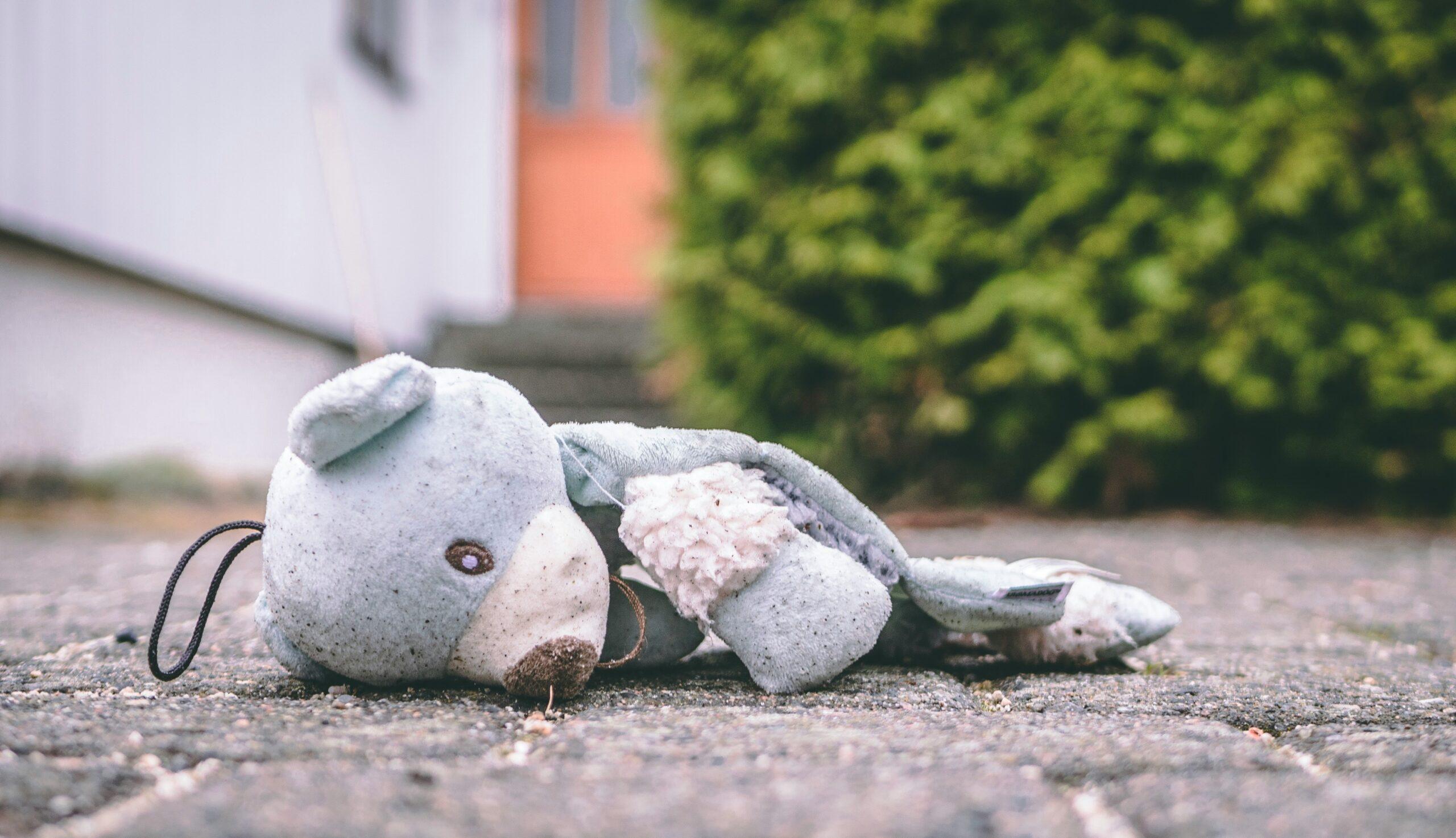While shopping in a department store, I saw a boy, about 6 years old, lying spread eagle in the aisle. People were carefully walking past him, but it was clear from their faces that everyone who had to step over the child was annoyed and wondering who was responsible for this boy and his inappropriate behavior. The boy’s mother was nearby, looking at clothes. “Get up John,” she said quietly to the boy. “Go with your aunt, and I will meet you in a few minutes.”
The mom motioned to a woman standing in the area. The boy did not move. The mother spoke a little louder this time: “John, I said get up and go with your aunt!” There was still no response from the boy. People in the store dropped their pretense of shopping and stared openly at the scene. The mother could feel their eyes on her. Between clenched teeth she shouted, “John, get up now!”
I saw the scene escalating. On one hand, I did not want to get involved. On the other hand, I had a good idea what might happen if no one stepped in. I walked towards the mother. When I caught her eye, I smiled. “My kids are adults now, but I remember when they were little and would do things like that. It brings me back.”
The boy’s mom began to relax. She seemed thankful that someone understood her and did not judge her. She ignored her son for a moment and continued to look at the clothes. The boy quietly got up and walked over to his aunt.
Most parents know the feeling of having their child throw a temper tantrum or behave badly in public. It may be because the child “needs” that sugary cereal or brightly colored toy. Some parents feel the world is looking at them, only to see a bad parent who cannot control one’s child. These parents may be feeling embarrassed. They may feel that the child is manipulating them on purpose or is trying to be hurtful. If we see this happening, we may want to help but don’t know how.
A Family Cycle
Child abuse is a problem that is insidious and pervasive. It occurs without regard to race, ethnicity, creed or financial status. Both the child and the parent become victims. If this problem is not dealt with, the tragic situation continues and spreads further.
A Community Problem
The costs to the community for allowing child abuse to remain unaddressed are significant. Research indicates that there are increased costs to our foster care, educational and mental health systems as a result of child abuse.
However, with effective intervention and education, the cycle can be broken. The Child Abuse Prevention Center of Westchester County provides programs and services that support families before crises emerge. Also known as the Parent Child Center, the organization helps to ensure that children can enjoy their right to grow up in healthy and happy homes.
Established in 1982, the Child Abuse Prevention Center is a not-for-profit organization with a mission to reduce the incidence of child abuse and neglect utilizing trained community volunteers. A combination of volunteers, graduate social work interns and professional staff work together using a home visitation model that strengthens the parent/child relationship and improves the home atmosphere. A parent aide meets with the overwhelmed parents in their own homes once a week. Aides teach parenting skills, effective discipline methods, anger management, stress relief techniques and child development. A parent aide models positive parenting interaction and often connects the family with other support networks. All services are provided free of charge.
Doing Your Part
When confronted with a potentially dangerous situation, individuals can intervene in several ways.
- Start a conversation with the adult to redirect attention away from the child. Consider saying something like, “Children can wear you out, can’t they? Is there anything I can do to help?”
- Talk to the child to divert attention from the object that is causing the problem.
- Look for an opportunity to praise the parent or child.
- If the child is in danger, offer assistance. For example, if the child is left unattended in a grocery cart, stand by the child until the parent returns.
- Avoid negative looks and remarks, and be careful not to overstep boundaries. These reactions are apt to increase the parent’s anger and make the situation worse.

